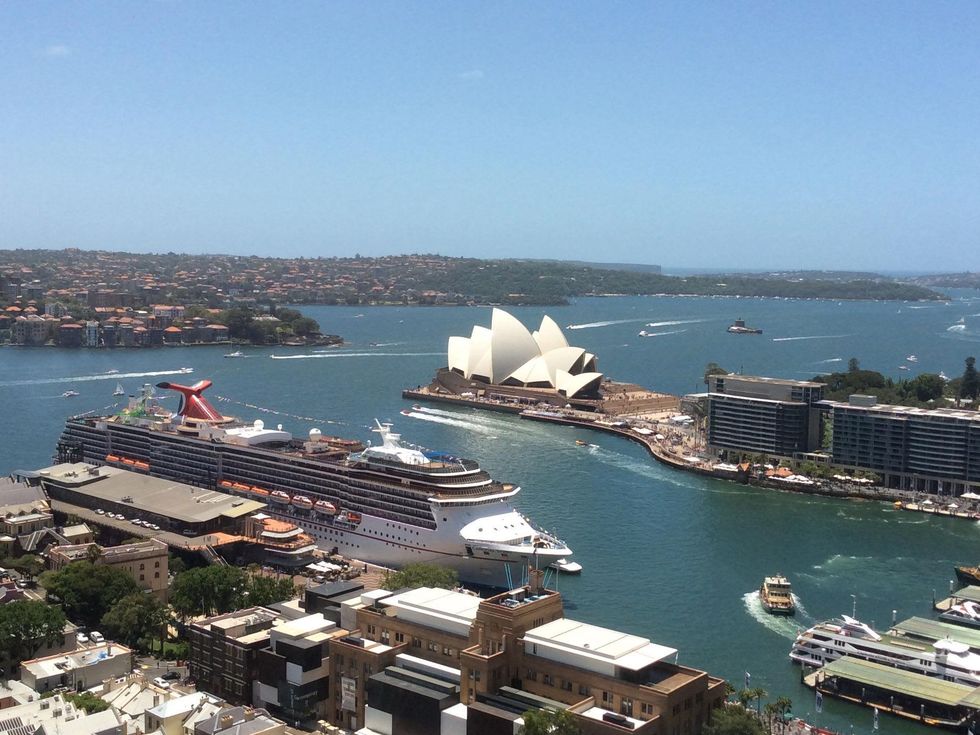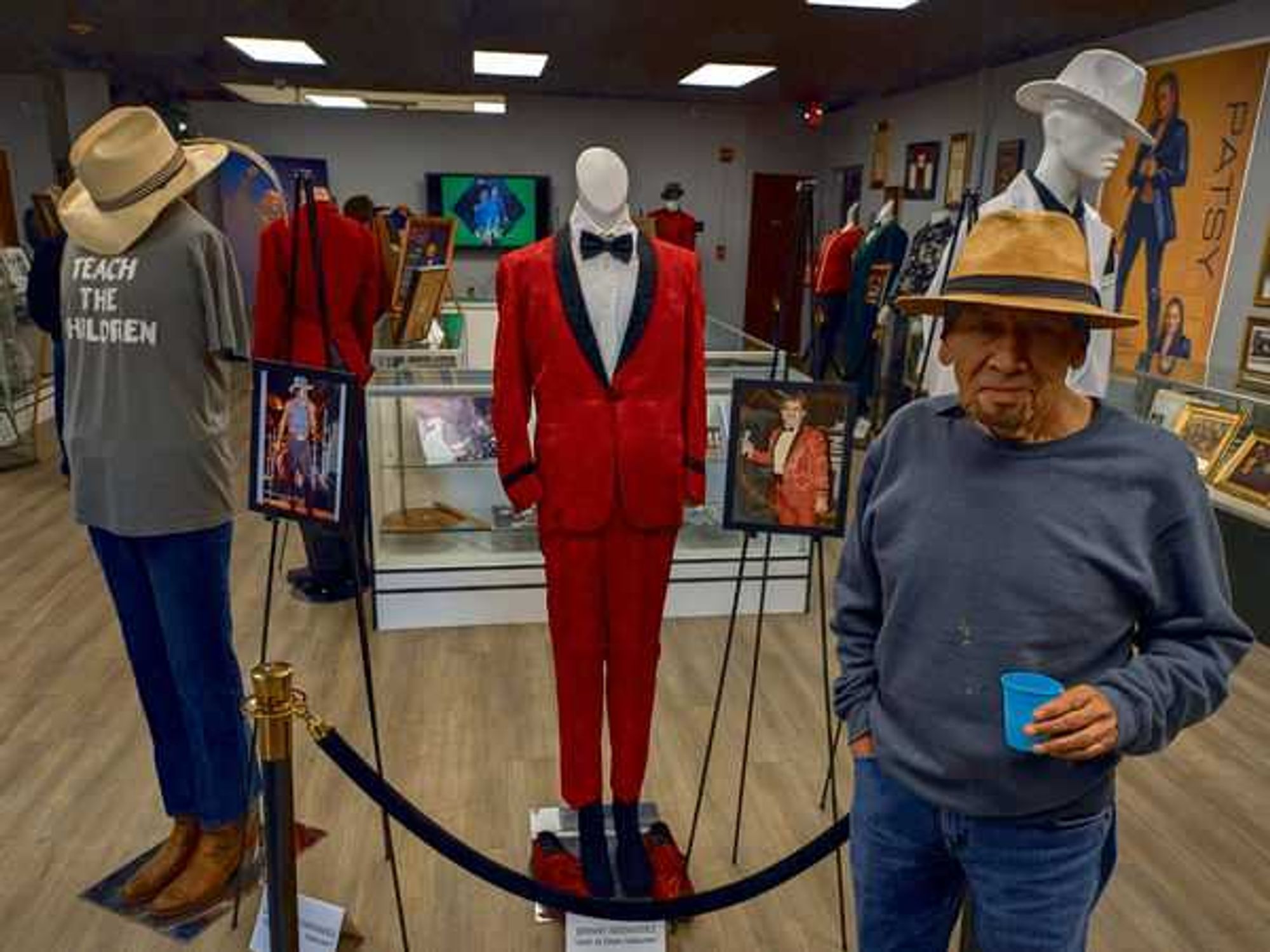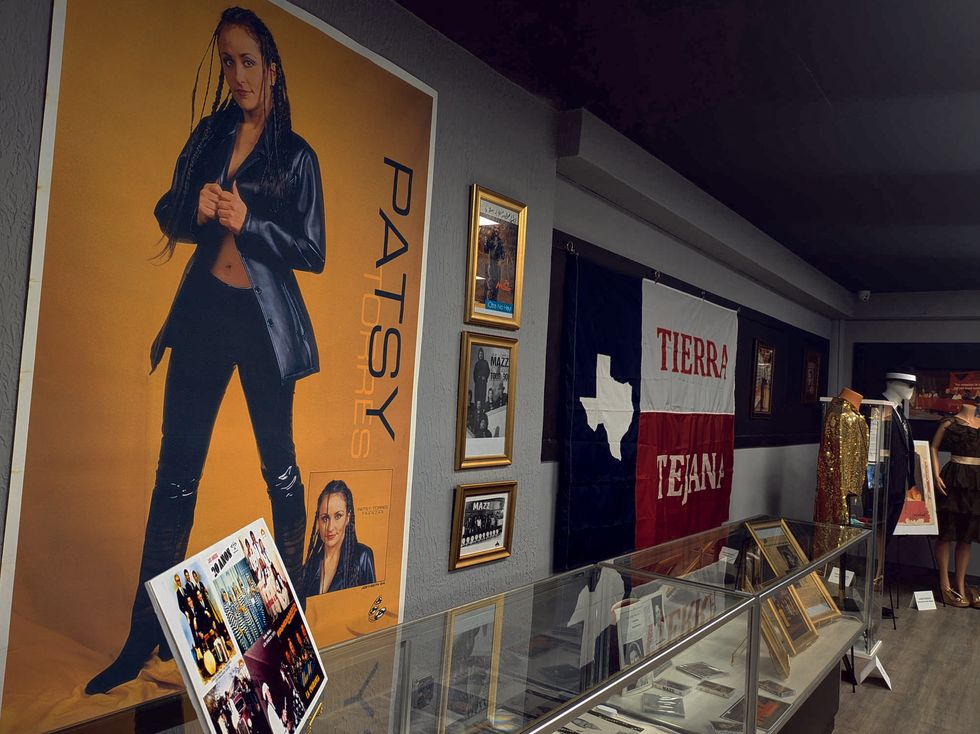Around the World in 17 Days
Summer in Sydney: Last stop on world tour starts with a snag but ends with a bang
Editor's Note: CultureMap contributor Jane Howze has flown around the world in 17 days. Her last stop before coming home: Sydney.
I have an instinct for bad travel days and although not infallible (see last post on Phuket), I had an ominous feeling as we left the Thai resort. The trip to the airport, which should have taken an hour, lasted nearly 90 minutes, and we arrived to mass chaos. We rushed to get our boarding pass only to be told, “You cannot go to Australia, you have no visa.” Every traveler’s worst nightmare. Our problem was compounded by my defunct BlackBerry, an inability to connect to Australian immigration via the Internet, no one to call in the U.S. as it was in the middle of the night there, and jetlag.
Bring plenty of money. Sydney is not cheap. It’s the world’s sixth most expensive city for tourists.
My husband, who claims — rightly so — that every travel problem has a solution — was right. With a call to United Airlines and their friendly help, we got our visas over the phone in about two minutes, after being pulled into a private office with Thai airline officials and floundering trying to get the phones to work. United gets its share of criticism, but not from us. Count us grateful. And, oh yes, Rule No. 4 of bucket list travel is you cannot get to the airport too early, and Rule No. 5 is when you book multi-national travel without an agent (as we did), check and double-check visa requirements.
Slightly smaller than Houston in population, Sydney is rightly viewed as one of the world’s favorite cities both to live in and to visit. With more than 300 days of sunshine each year, endless beaches and summer in December, a sophisticated and diverse population and dining scene, it was a perfect final stop for us. Every New Year's Eve, the city welcomes more than 1.6 million locals and tourists who come to view one of the world's largest and most spectacular fireworks displays.
But bring plenty of money. Sydney is not cheap. It’s the world’s sixth most expensive city for tourists. Like the Maldives, plan on $37 for a hamburger, $20 for a bowl of soup and Diet Coke.
A room with a view
We chose the Shangri-La hotel, where I had previously stayed, because most rooms have a panoramic view of the Sydney Harbor Bridge and the acclaimed Sydney Opera House. Because we booked our trip almost a year in advance, we scored a corner room on the 25th floor. When the staff ushers you into the room and opens the curtains to one of the most amazing views in the world, it is jaw-droppingly spectacular.
New Year’s Eve celebration
A large crowd began to gather along the harbor at 8 a.m, prepared to wait 13 hours for the first of three fireworks shows to begin. Temperatures were in the 70s and a festive celebratory mood prevailed.
Based on recommendations from friends, we booked a table at the tony, hip harborside restaurant Aria that serves a five-course gourmet dinner with fine champagne and extraordinary wine-pairing over four hours. The restaurant is about 50 yards from the Opera House and includes a patio where, between courses, you can enjoy view the fireworks with an unobstructed view.
The processional was meticulously organized, with larger sail boats ushering the smaller boats. As each one reached the bridge, it turned off its lights. It was so majestic, so symbolic, so ritualistic.
Because many of the streets had been closed for the fireworks and required a pass, we walked to the restaurant with ticket in hand. Unlike prior years, the number of people who can get in each viewing area was limited. In addition to the fireworks, the harbor was a spectacle of light and motion, as more than 200 boats sailed in east of the Opera House, all with their parade lights twinkling.
Fifteen minutes before midnight, we decided we could get a better view from higher up and hightailed it to our room. At precisely midnight, a magnificent fireworks display erupted above the Harbor Bridge followed by a spectacular show over the Opera House. Within a minute, five or six other fireworks displays flashed above various points in the harbor, all color- and time-coordinated. We didn’t know where to look, and the 12-minute show ended way too soon. From our room we could hear cheers from the crowd below who were as thrilled as we were.
One of the highlights happened a half-hour later after the bridge reopened and the crowds disbursed. All 200 boats — some huge, some small, but all lit up—formed a processional to sail under the Harbor Bridge, presumably to their home dock. It was meticulously organized, with larger sail boats ushering the smaller boats. As each one reached the bridge, it turned off its lights. It was so majestic, so symbolic, so ritualistic, but not bright enough to capture on camera.
A chance to smell the roses
While my husband was making the famous Sydney Harbor Bridge Climb, I spent New Year’s day exploring the Sydney Botanic Gardens, a short walk from our hotel and just north of the Opera House. The 75-acre gardens include 1,800 varieties of sweet-smelling roses in bold and bright colors planted in creative patterns. an herb garden, a rainforest, a begonia garden and much more. Even though it was crowded, there was a stillness about the gardens, with many empty park benches and secluded resting places. As I sat, I resolved to smell the roses more in 2014.
A final round of golf
Our friends who met us for New Years left early on the day after, and, in a way, we wished we were leaving, too. (Rule No. 6 on bucket trips: leave after the high point.) But, there was one more bucket list item to check off: A round at one of Australia’s top golf courses, New South Wales. Designed by Allister MacKenzie, noted for such famous U.S. courses as Augusta and Cypress Point, the course is about 15 miles north of the city and like Pebble Beach, features several spectacular holes near the ocean.
"There is not a day in my life that I don’t realize the value of freedom.”
We started our round with benign breezes, temperatures in the 90s, and sunny with high humidity — a typical Sydney summer day. But by the 17th hole, the temperatures had dropped 20 degrees, it started raining and the winds started gusting to 40 mph. We bailed, hoping we would be back again some day.
On the ride home, we were rewarded for our wimpishness when our cab driver shared his story of emigrating to Australia 40 years ago from Communist Yugoslavia as a lone 16-year-old, not speaking a word of English. He said he escaped death several times and only survived through the kindness of strangers. As we got out of the car he said, "People will die to have freedom. There is not a day in my life that I don’t realize the value of freedom.”
Yes, vacations are about golf, hotels, fireworks and scenery. But they are also about the people you meet and the lessons you learn.





 The newly opened Totally Tejano Hall of Fame and Museum includes a growing collection of memorabilia. Photo by Edmond Ortiz
The newly opened Totally Tejano Hall of Fame and Museum includes a growing collection of memorabilia. Photo by Edmond Ortiz